Digimon Story Time Stranger Review – Time Travel, Digivolutions, and a Strong Return to Form
Digimon Story Time Stranger is the latest addition to Bandai Namco’s long-running RPG series, and it pushes the franchise into one of its strongest outings yet. Building on the foundation of Cyber Sleuth and Hacker’s Memory, this installment leans heavily into a bold time travel premise while refining combat mechanics and deepening its monster-collecting systems. Despite a few shortcomings, the result is a confident entry that earns its place as one of the best Digimon RPGs to date.
Thanks to George Yang’s detailed review for IGN, this post explores how Time Stranger balances story, combat, and collection to deliver a rich RPG experience. His insights highlight the strengths of its Digimon cast, its layered mechanics, and the occasional flaws that keep it from total perfection.
The story begins with a nameless agent protagonist caught in a cataclysmic battle known as the Shinjuku Inferno. Following the clash, the agent is transported eight years into the past to prevent the catastrophe from ever happening. It’s a dramatic opening that establishes high stakes immediately. From there, the plot introduces Inori Misono, an ordinary girl, and Aegiomon, a humanoid Digimon with amnesia. Their bond and determination to “protect each other no matter what” form the emotional core of the journey, even when some of the dialogue trends toward melodrama.
Where the narrative struggles is with its human supporting cast. The Public Safety team that aids the heroes lacks depth, with most of its members fading into forgettable roles. Monica Simmons, the scientist, manages to stand out, but the rest struggle to leave a mark. In contrast, the Olympus XII, a pantheon of deity-level Digimon, fill the screen with larger-than-life personalities. Characters like Bacchusmon, embodying the Roman god of wine, and Vulcanusmon, a toy-obsessed blacksmith, inject humor and relatability into the storyline. Time Stranger’s writing shines brightest when these figures drive the narrative forward, reminding players that Digimon often steal the spotlight from their human counterparts.
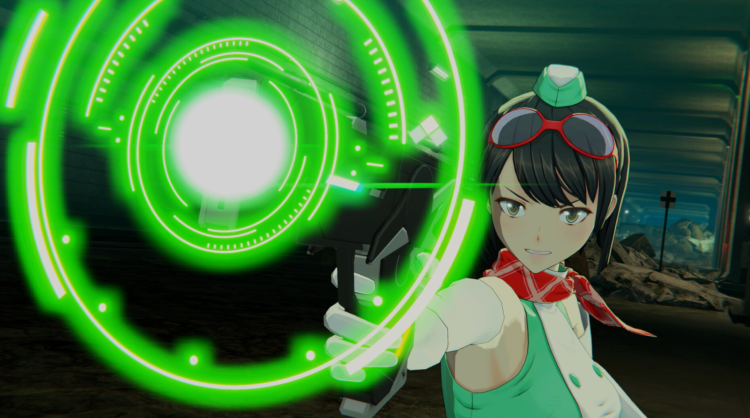
The time-travel structure enhances this sense of growth. Smaller Digimon encountered in the past mature into key allies in the present, with their Digivolved forms carrying narrative weight as they remember the protagonist’s influence. This mechanic blends storytelling with gameplay, adding weight to player choices and encounters across the campaign.
Combat builds on a traditional turn-based system but elevates it with smart design. Battles allow three main Digimon and additional guest fighters to join, creating a rotation system with up to seven active participants. This can sound overwhelming, but Time Stranger offers streamlined features such as adjustable battle speeds, auto-battling for low-stakes encounters, and simple menu designs. The weakness system adds another layer: attributes of Data, Virus, and Vaccine follow a rock-paper-scissors format, while elemental affinities such as Fire, Dark, or Light multiply damage further. When combined, these mechanics create puzzles that reward smart planning and punish careless play.
Over 450 Digimon are available, each with distinct skills and attack animations. Moves like IceDevimon’s Frost Claw with life-stealing effects or MegaKabuterimon’s Horn Buster for speed debuffs make encounters feel dynamic. Skill Discs allow Digimon to learn moves without restrictions, giving players the freedom to customize builds. One notable highlight is the Cross Art system, which lets the human protagonist unleash powerful team-wide abilities. While limited by the restriction of equipping only one at a time, these moves still give battles a cinematic punch.
Digivolving remains central to progression, and Time Stranger introduces a fast-paced approach. Digimon can evolve and de-evolve multiple times, with cumulative stat bonuses carrying forward. This constant cycle makes evolution feel rewarding without requiring endless grinding. Capturing Digimon also departs from traditional monster-taming frustrations, replacing capture mechanics with a scanning system. Reaching 100% scan unlocks a Digimon, but waiting until 200% grants stronger stats, giving players a clear incentive to battle strategically.
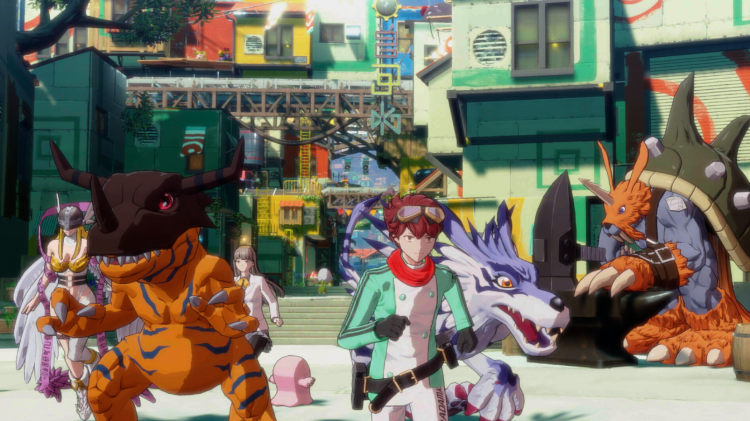
Party management also adds variety. Duplicate Digimon allow players to experiment with divergent evolution paths, turning an overflow of repeats into opportunities. Evolution trees, often showing silhouettes of locked forms, encourage curiosity. When unwanted, duplicates can be converted into experience boosts or money, softening the burden of excess. The addition of Personalities—stat-based growth traits influenced by player interactions—introduces another layer for optimization, recalling Pokémon’s Natures but with more direct influence through dialogue.
The Digifarm, a returning feature, supports passive training and stat customization. Digimon can exercise, eat, or rest, with options to spend in-game currency to speed up progress. The system avoids real-money microtransactions, maintaining accessibility while still rewarding investment. This farm also helps bond-building, giving practical benefits in combat such as follow-up attacks triggered by loyalty.
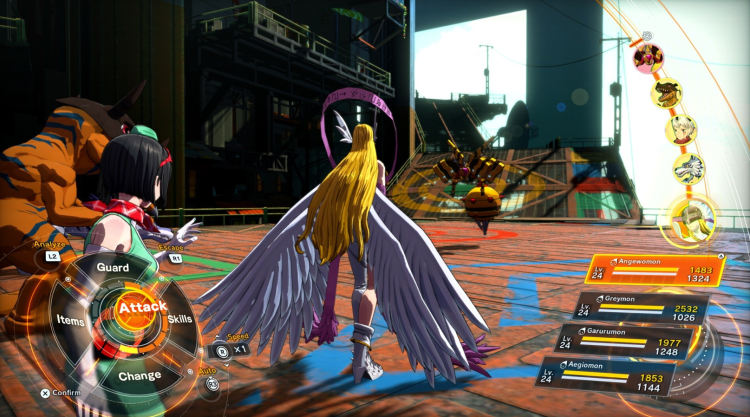
Outside of the main quest, side missions offer additional content. Although many boil down to fetch quests, they remain valuable thanks to rewards like Anomaly points. These points unlock new abilities, expand evolution possibilities, and raise the Agent Rank, which serves as a prerequisite for higher-tier Digivolutions. This design ensures that side content contributes directly to progression rather than existing as optional filler.
The world design of Time Stranger also deserves recognition. The Digital World spans diverse environments, from beaches and aquariums to mechanical forests. Digimon inhabit these areas in natural ways, bringing life to exploration. Outer Dungeons provide challenge arenas for tougher battles and extra rewards, while a card minigame using real-world Digimon Card Game art adds a lighthearted diversion. Even if the card game offers no tangible benefits to combat, it strengthens the game’s nostalgic charm.
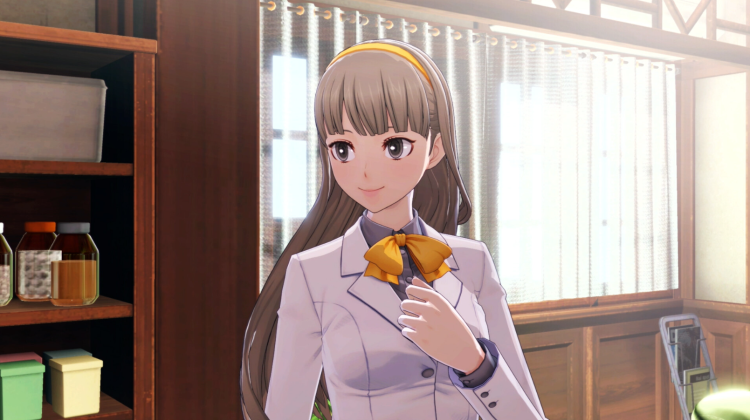
Performance-wise, Time Stranger runs smoothly and avoids major technical pitfalls. Battles transition quickly, environments look polished, and animations for Digimon skills feel varied and expressive. The game maintains momentum over its 30 to 40-hour runtime, delivering a steady flow of new characters, mechanics, and locations.
The main shortcomings remain tied to its silent protagonist and thinly written human companions. Emotional beats sometimes falter due to the lack of voice or personality for the lead, while supporting human characters outside of Monica fail to elevate the story. Still, the charisma of the Digimon and the creativity of Olympus XII compensate for these gaps, keeping the narrative engaging enough to drive the adventure.
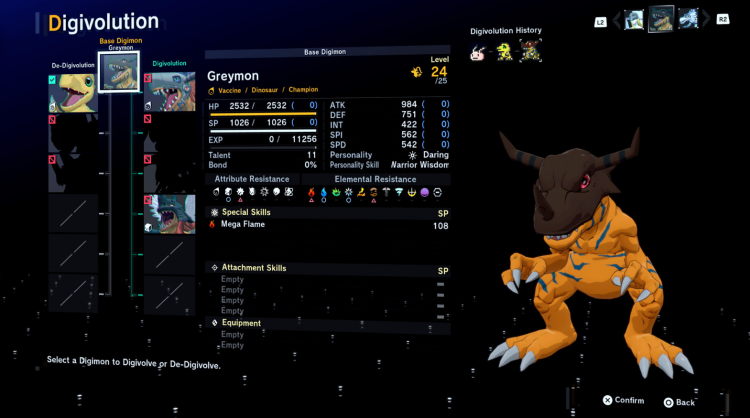
Digimon Story Time Stranger ultimately succeeds by combining familiar monster-collecting RPG foundations with unique Digimon twists. Its turn-based battles reward strategy, its Digivolution system invites experimentation, and its time travel premise strengthens storytelling. While not flawless, it delivers on both nostalgia and innovation, cementing its place as a standout entry in the series.
As George Yang concluded in his review:
“Digimon Story: Time Stranger builds on its predecessors to deliver one of the best Digimon RPGs to date… While this adventure has a few minor hiccups, it’s one that made me very glad to be back in the Digital World once again.” — George Yang
For long-time fans, Time Stranger offers a satisfying continuation of the Cyber Sleuth legacy. For newcomers, it presents one of the most approachable yet deep RPG experiences Digimon has produced, ensuring that the franchise continues to thrive in a genre dominated by rivals.

Comments